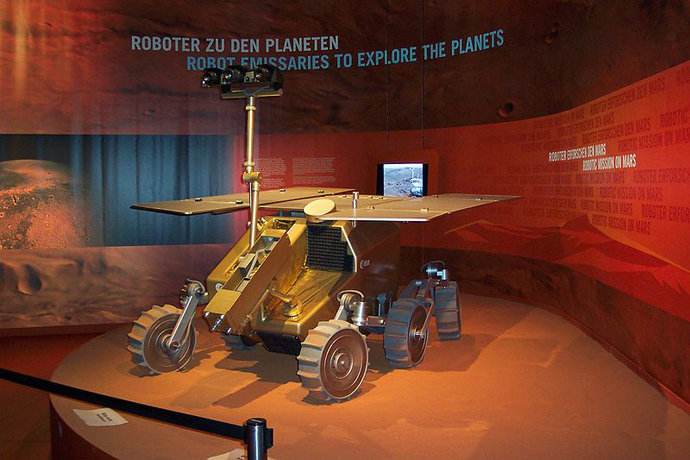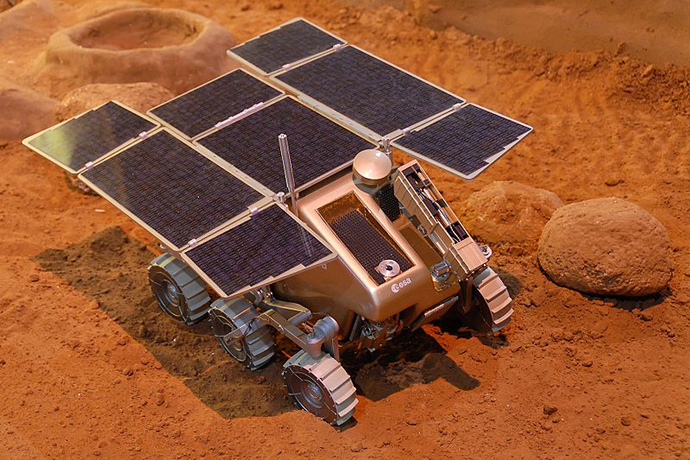Russia to join EU-led ExoMars Red Planet expedition
Russian space agency Roscosmos signed a deal on Thursday with the European Space Agency (ESA), to become a full-fledged partner in the ExoMars project, a new attempt to discover if there is life on the Red Planet.
The mission will drill 30 times deeper beneath the surface of
Mars than the currently operating Curiosity rover, reaching a depth
of approximately six-and-a-half feet (two meters).
Russia will supply the mission with two Proton-M rocket
carriers, and facilitate launches from the Baikonur site in
Kazakhstan. Russian scientists are also engaged in creating
scientific instruments for the mission, including a landing
platform for the rover, which will be carried by a Russian descent
module.

The first stage of the mission will involve sending a Trace Gas Orbiter (TGO) to Mars in 2016 to analyze gas in the planet’s atmosphere; scientists are hoping to find regions rich in methane, which could signal the existence of life on Mars, though it may also be produced by geochemical activity.
The Entry, Descent and Landing Demonstrator Module (EDM) will also be sent to Mars in 2016. EDM is a device with no other purpose except testing the landing process, as ESA has never sent a rover to Mars.
The second stage of the ExoMars mission involves landing a rover
on the planet’s surface in 2018: “It is lighter than Curiosity,
but very interesting. The rover is made by ESA and contains a
drilling device, able to go two meters deep into the Martian
ground,” said Lev Zelyony, director of the Institute of Space
Research of the Russian Science Academy, according to Voice of
Russia.
The rover will also study the surface of Mars to unearth conditions
on the planet that could endanger future missions – powerful dust
storms, extreme temperatures and radiation could all pose
risks.

In February, Curiosity drilled a hole about 7 centimeters deep in the Martian surface.
The US had initially planned to be Europe’s partner in the ExoMars mission. However, NASA withdrew from the project in 2011 after failing to secure enough funding.
The EU has already spent more than 400 million euro on ExoMars.
Russia was initially asked to provide the rocket carriers, but Moscow said it would only participate in the project as equal partner; the two parties have been negotiating the deal since 2011. Russian scientists quickly secured some of the funding from Roscosmos, and have already begun work on research devices for TGO. The Thursday agreement was required for Russia to provide further financing for the project.
Mars exploration has long been high on Russian space researchers’ agenda.
In 2010 and 2011, Russia carried out the Mars-500 experiment: A group of six volunteers were
locked inside a simulated spacecraft at the Institute of Biomedical
Problems in Moscow for 520 days – the time it would take to go to
Mars and back.
The Institute of Space Research also plans to restart the failed Phobos-Grunt mission in the next 10 years. It was initially launched in 2011, and was supposed to travel to a Martian moon and bring back soil samples, but the spacecraft ended up crashing back to Earth.
In 15 years, Russian scientists plan to undertake a ‘Mars Sample Return’ project, delivering Martian soil samples back to Earth.











